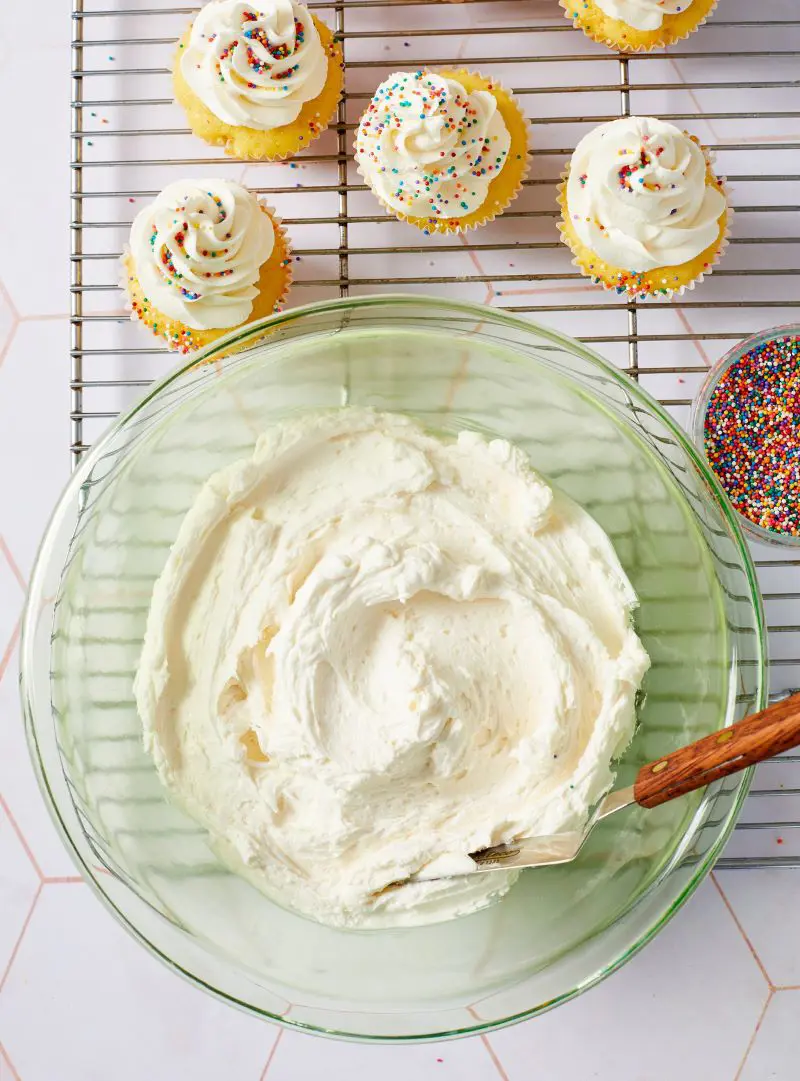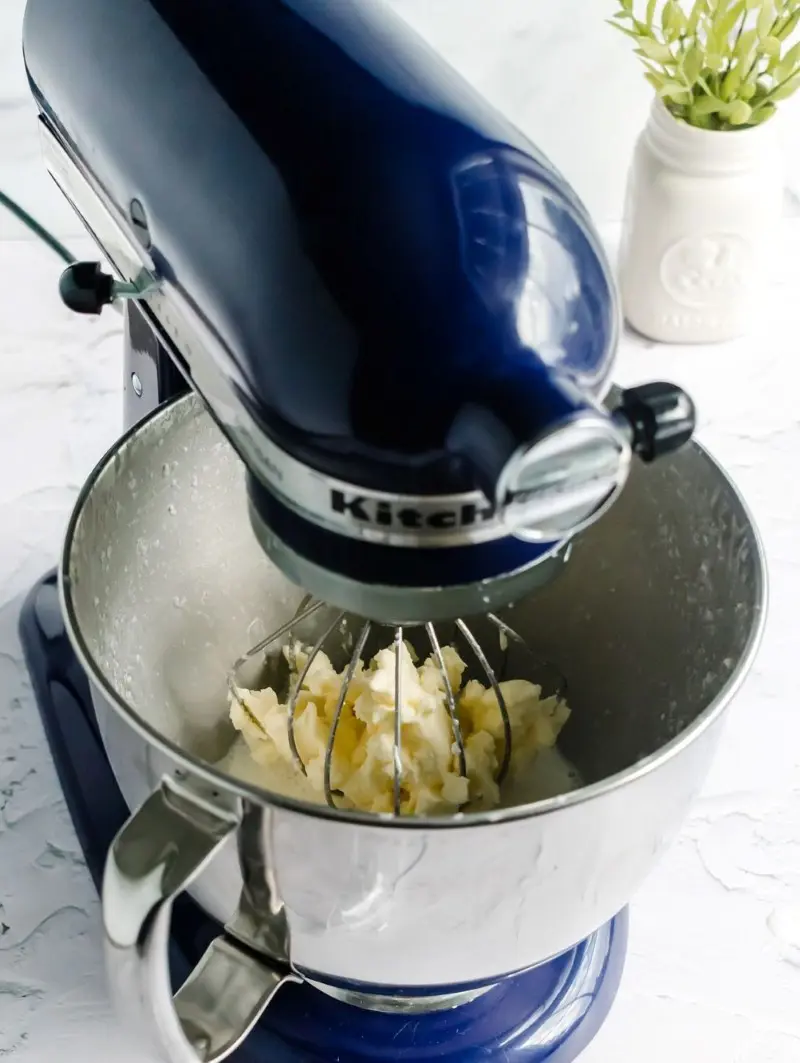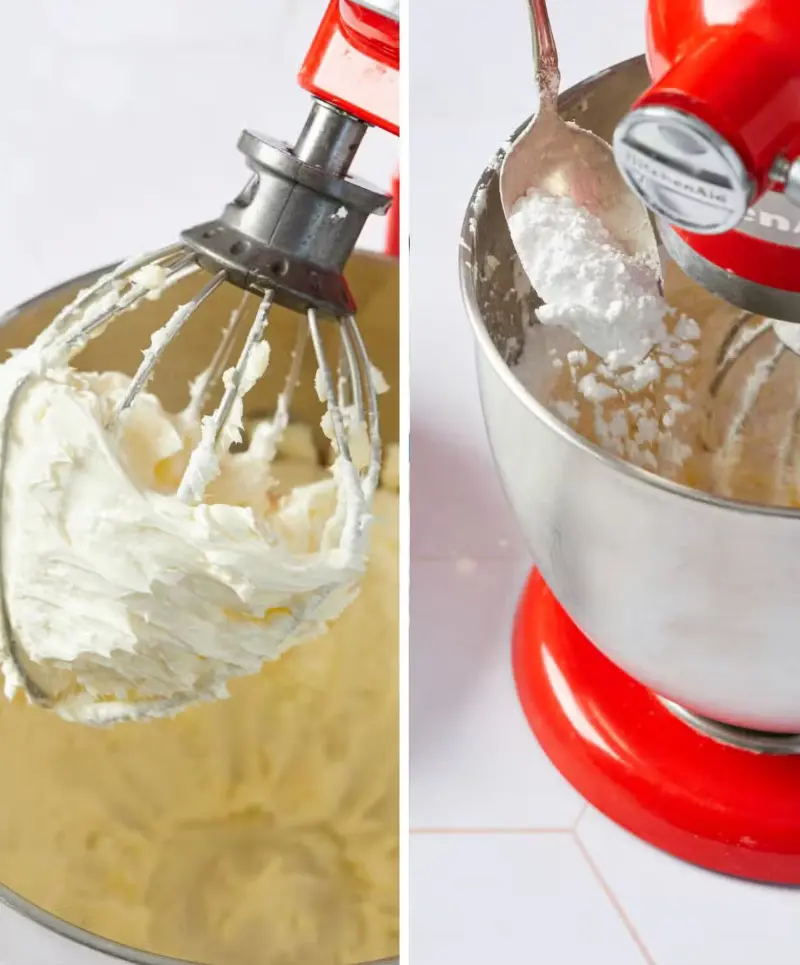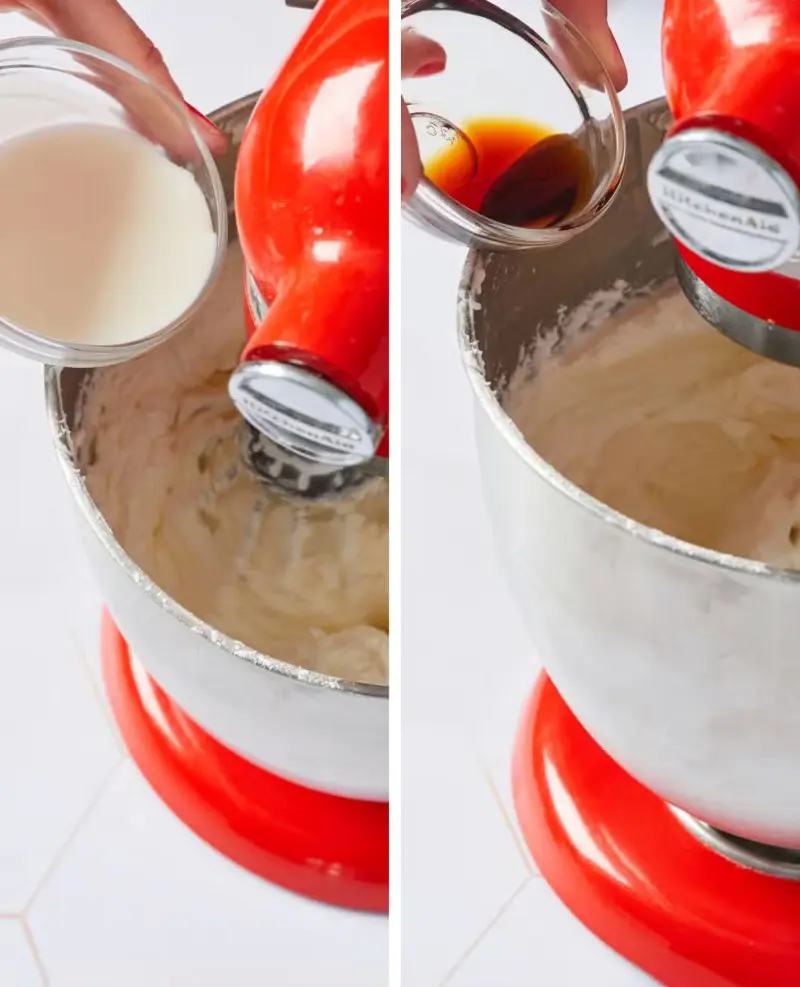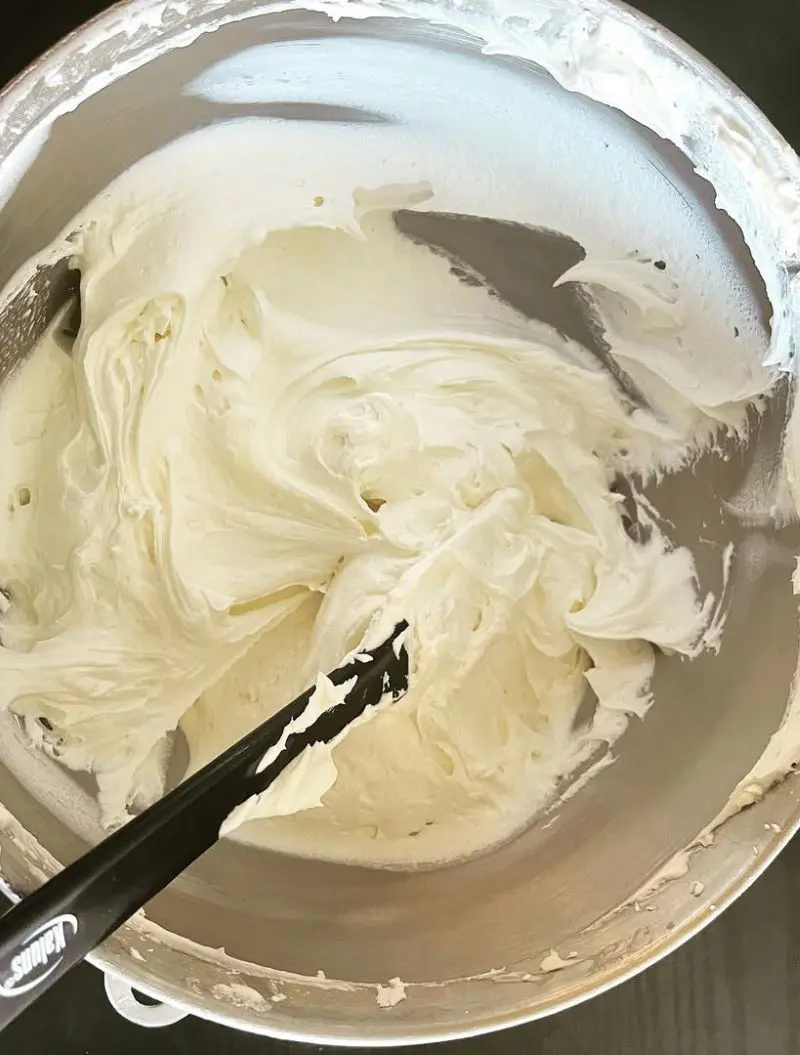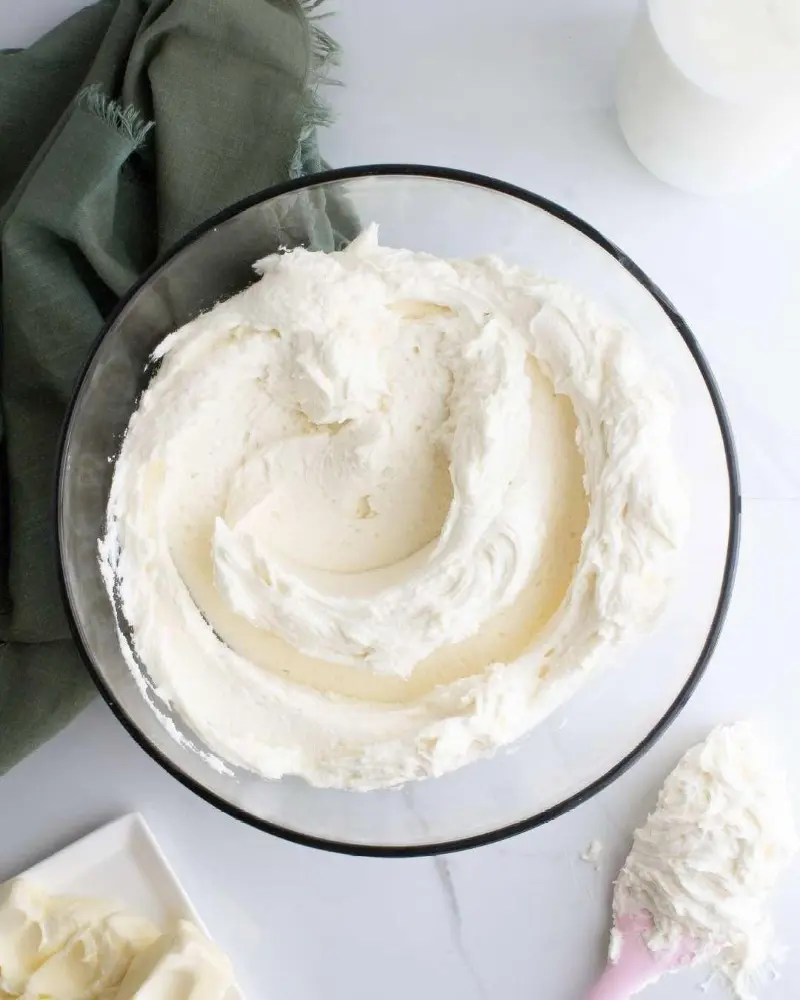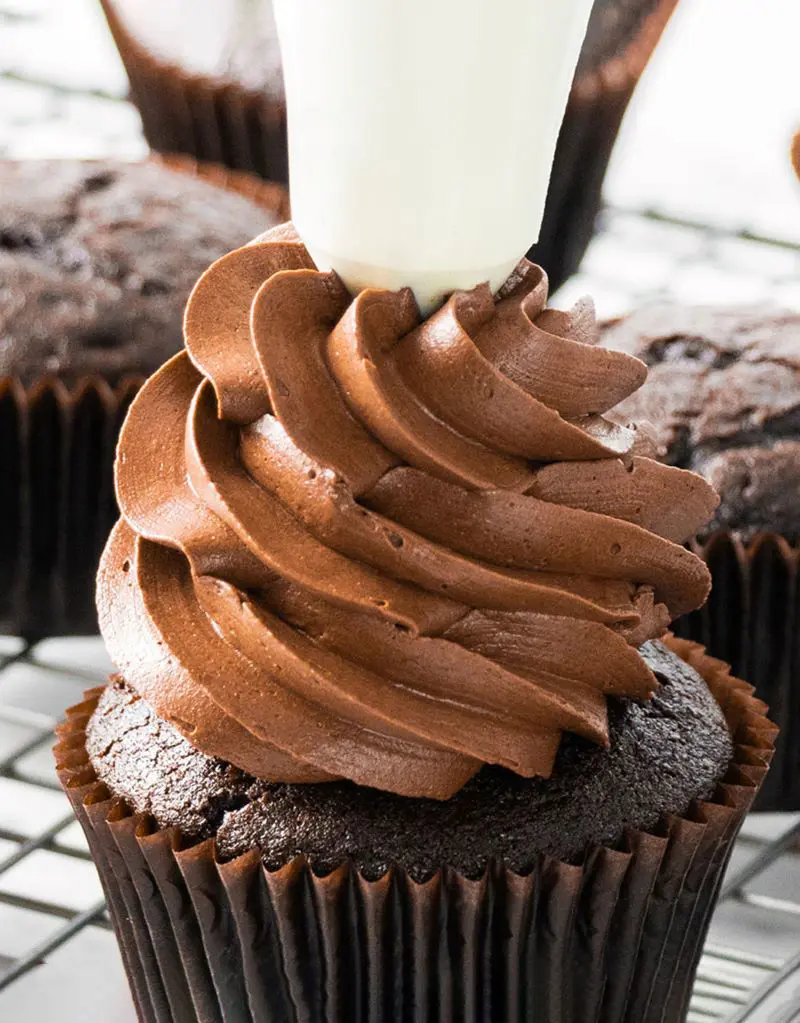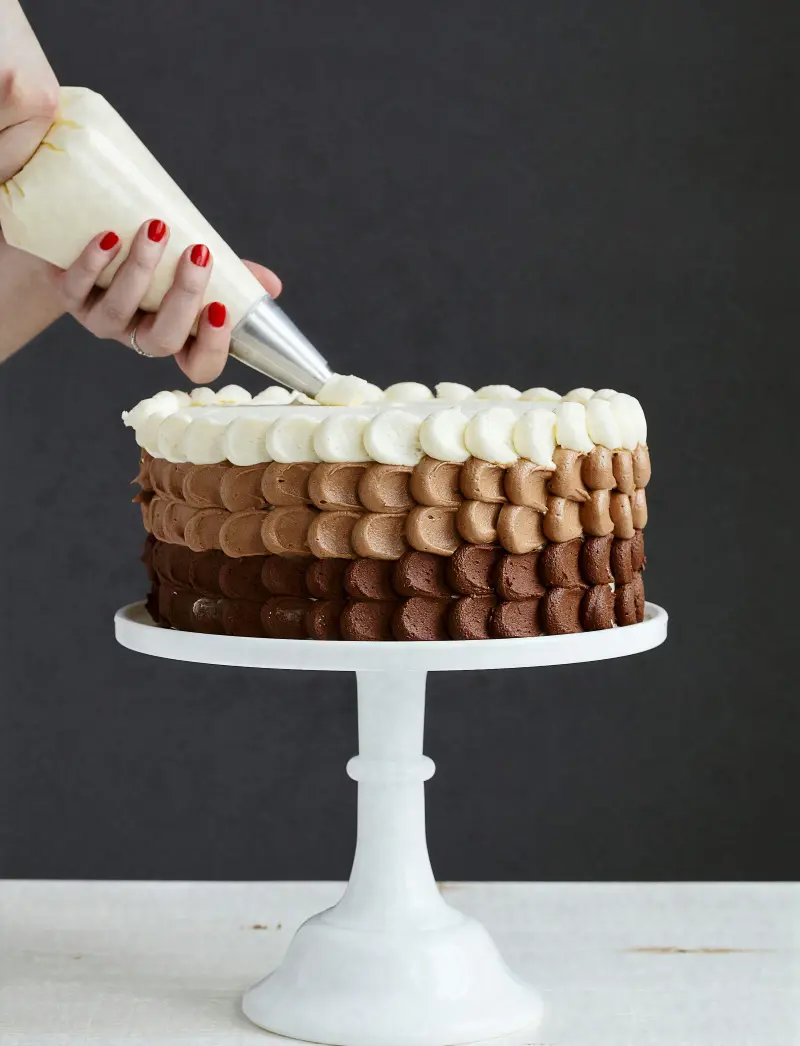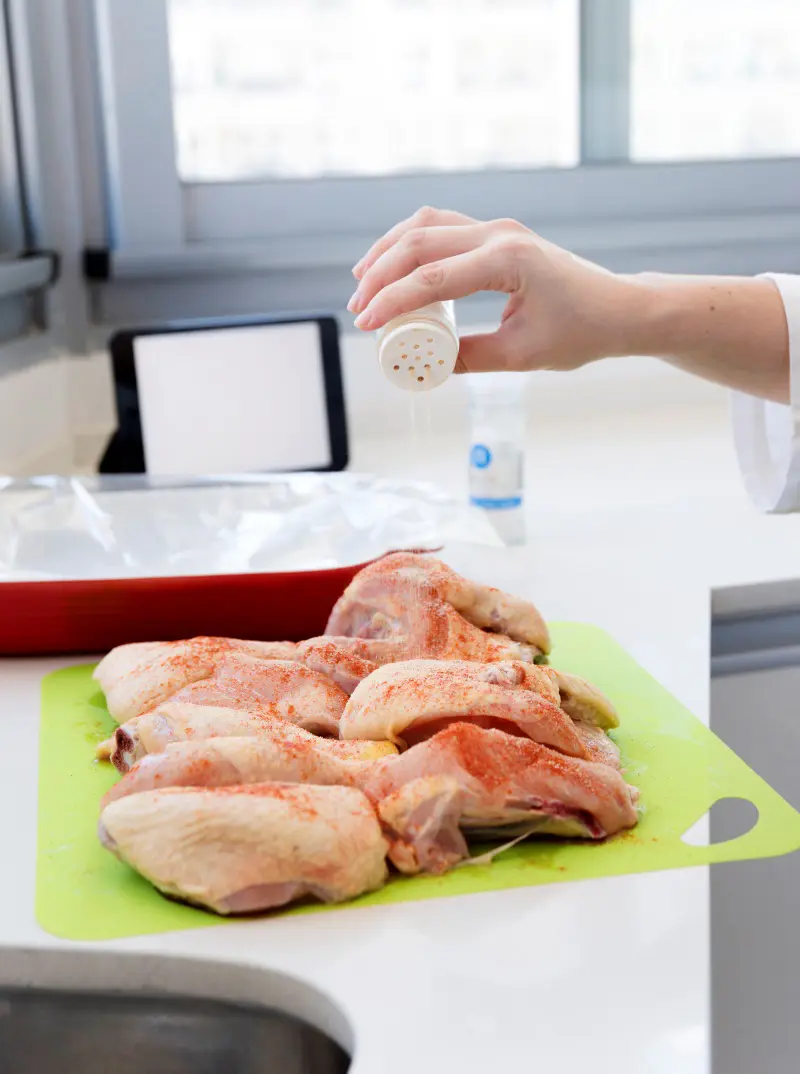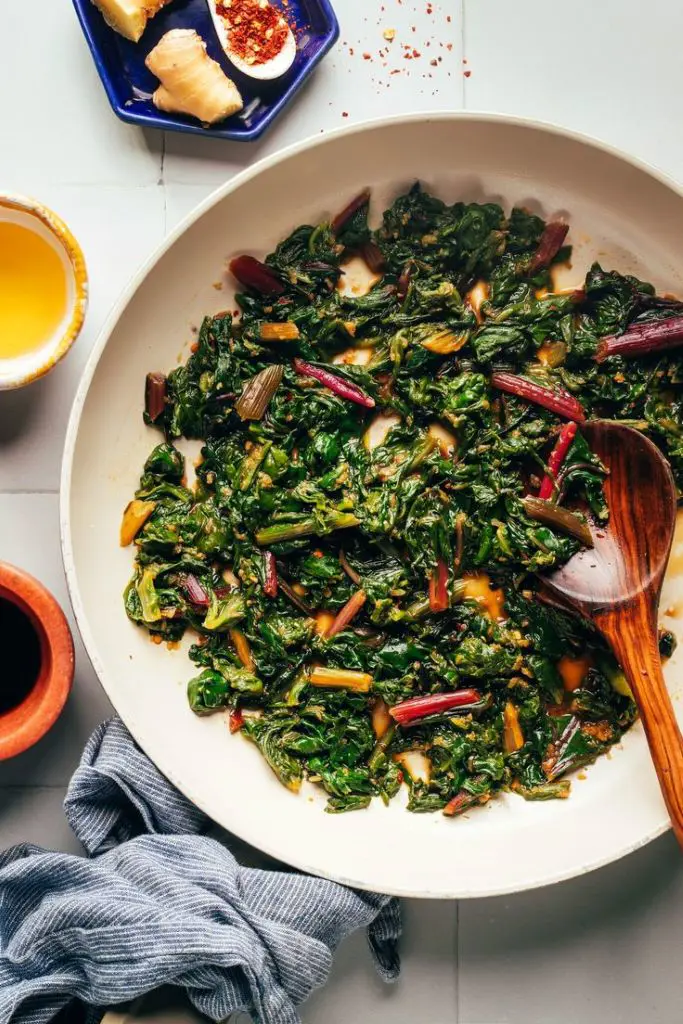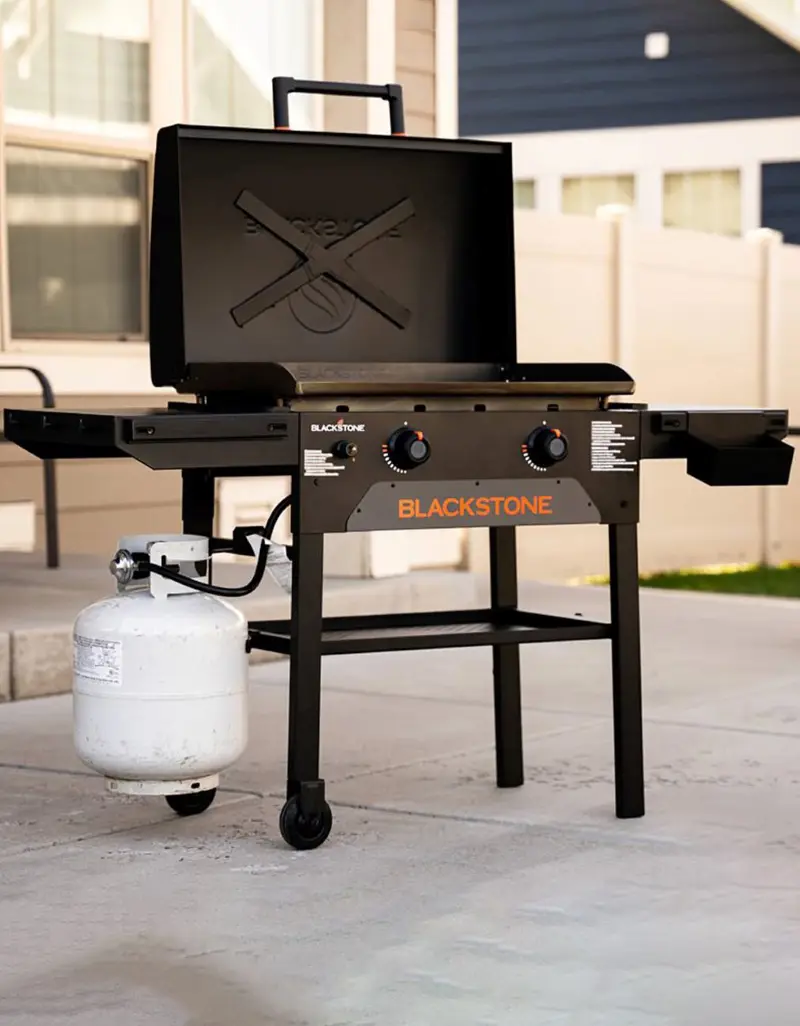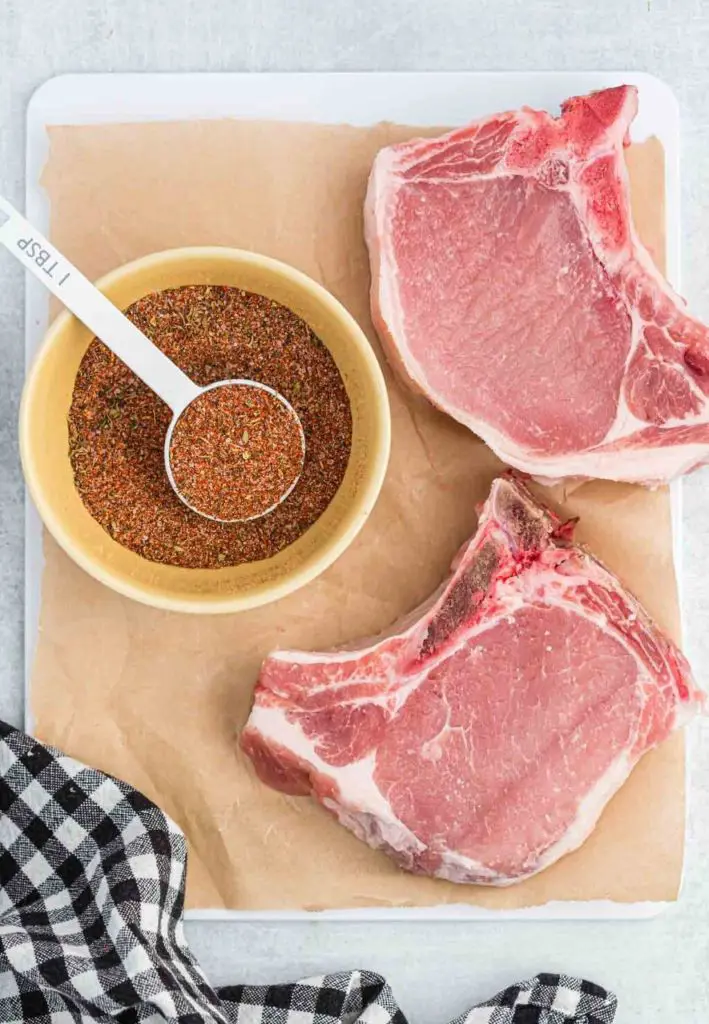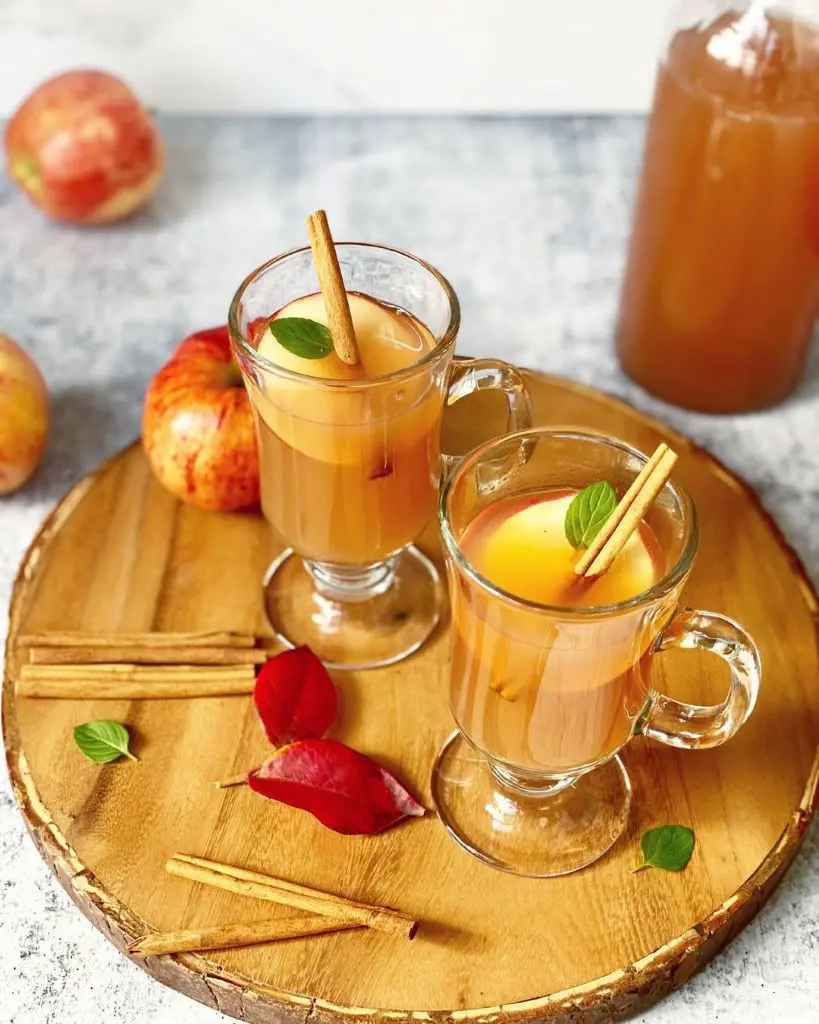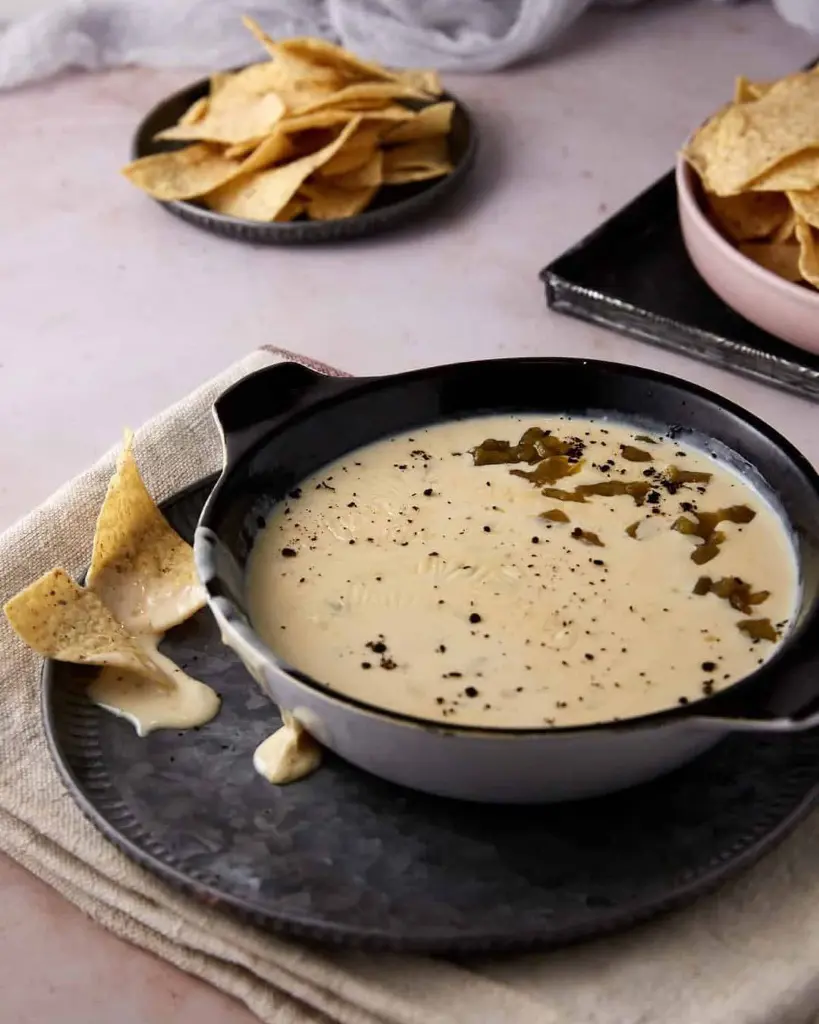What You Need For Making Buttercream Frosting
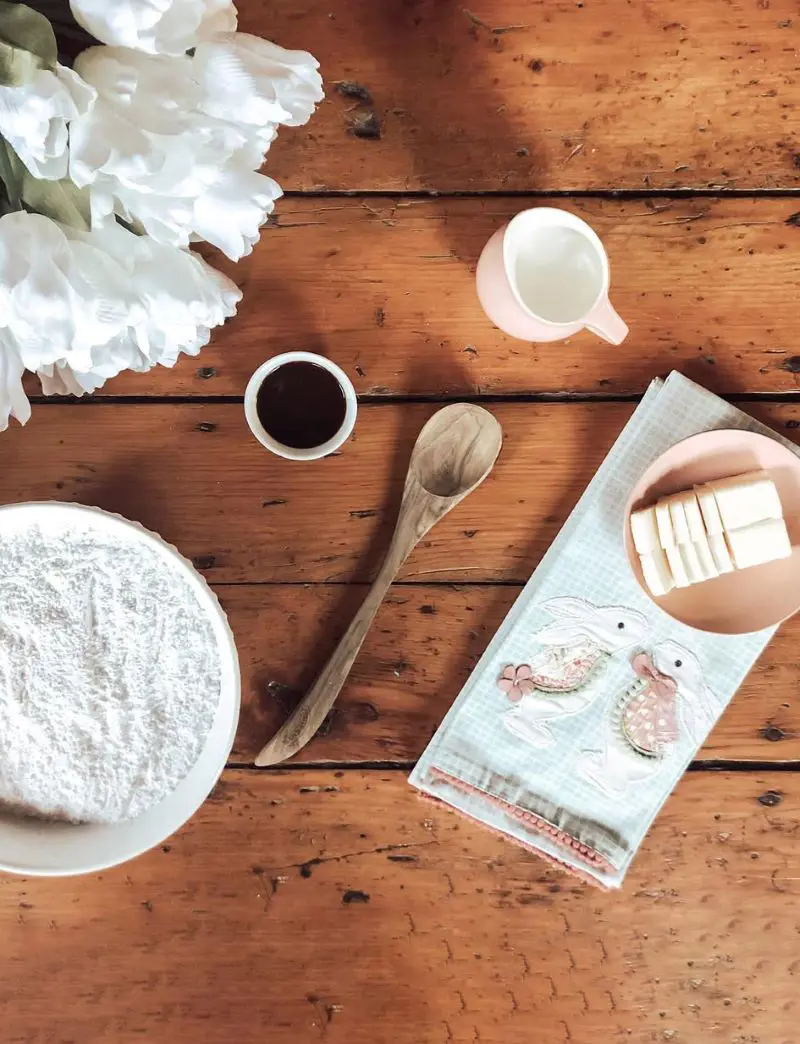
The magic of this frosting is in its effortless simplicity. No fancy components are required - just basic kitchen staples that come together like magic. Having everything measured and ready makes the whole process flow smoothly.
Let's walk through what you'll need to create perfect buttercream every time:
- Butter: Here's the foundation of great buttercream. Always go for unsalted butter - it lets you control the exact amount of salt in your frosting. Different brands of salted butter vary too much, which can throw off the taste. And stick to real butter, not margarine. Your taste buds will thank you.
- Powdered Sugar: Look for powdered sugar (sometimes called confectioners' or icing sugar) in your baking aisle. While sifting helps prevent lumps, plenty of bakers skip this step without issue. The fine texture dissolves beautifully into butter, creating that classic smooth finish.
- Liquid: Heavy cream makes exceptionally rich, smooth frosting. While regular milk works in a pinch, cream adds an extra touch of luxury. The liquid helps achieve that perfect spreadable texture that glides onto cakes like a dream. Use what you have or what you prefer.
- Vanilla Extract: Pure vanilla extract brings that cozy, timeless flavor that makes frosting utterly irresistible. If you desire a fresh touch, you can even make vanilla extract at home for a rich, authentic taste. Opting for real vanilla extract over artificial flavoring creates a clear, noticeable improvement in taste.
- Salt: Just a tiny pinch does amazing things. Salt might seem weird in frosting, but trust your kitchen friend here - it makes sweet things taste sweeter and brings out all that gorgeous butter flavor. Without it, frosting can taste a bit flat. With it, it becomes pure magic.
